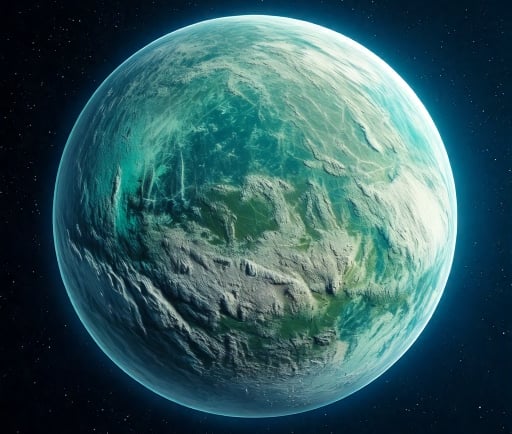The DS Tuc A B: A Young Ice Planet in a Binary Star System


Introduction to DS Tuc A B
Located within a binary star system, DS Tuc A B is a fascinating young ice planet that has captivated astronomers and scientists alike. This intriguing celestial body stands out not only due to its unique climatic conditions but also because it provides essential insights into planetary formation and evolution. In this blog post, we will explore the characteristics, significance, and ongoing studies related to this young ice planet.
Characteristics of DS Tuc A B
DS Tuc A B is classified as an ice planet primarily due to its cold surface temperatures and potential for frozen composition. Unlike rocky planets, this young celestial body shows signs of being primarily covered in ice, which raises questions about its formation and the role of its binary star system. It orbits its stars at a significant distance, which allows for lower temperatures. Additionally, the ice-covered landscape could offer intriguing opportunities for the study of geological activity and possible cryovolcanism.
The Significance of DS Tuc A B in Astrophysics
The presence of a young ice planet like DS Tuc A B within a binary star system is of great significance to astrophysicists. This system allows researchers to study how dual stars impact the formation and development of surrounding planets. DS Tuc A B serves as an exemplary case for understanding the dynamics of planetary atmospheres, orbital mechanics, and the potential for habitability in ice-dominated environments. Continued analysis of its atmosphere and surface can unveil new data regarding planetary weather patterns and climate stability in similar exoplanetary systems.
Beyond its physical characteristics, the study of DS Tuc A B is crucial for bridging gaps in our comprehension of icy worlds. As astronomers gather more data from ongoing observations and future exploration missions, we can expect groundbreaking discoveries about the nature of cold exoplanets.
